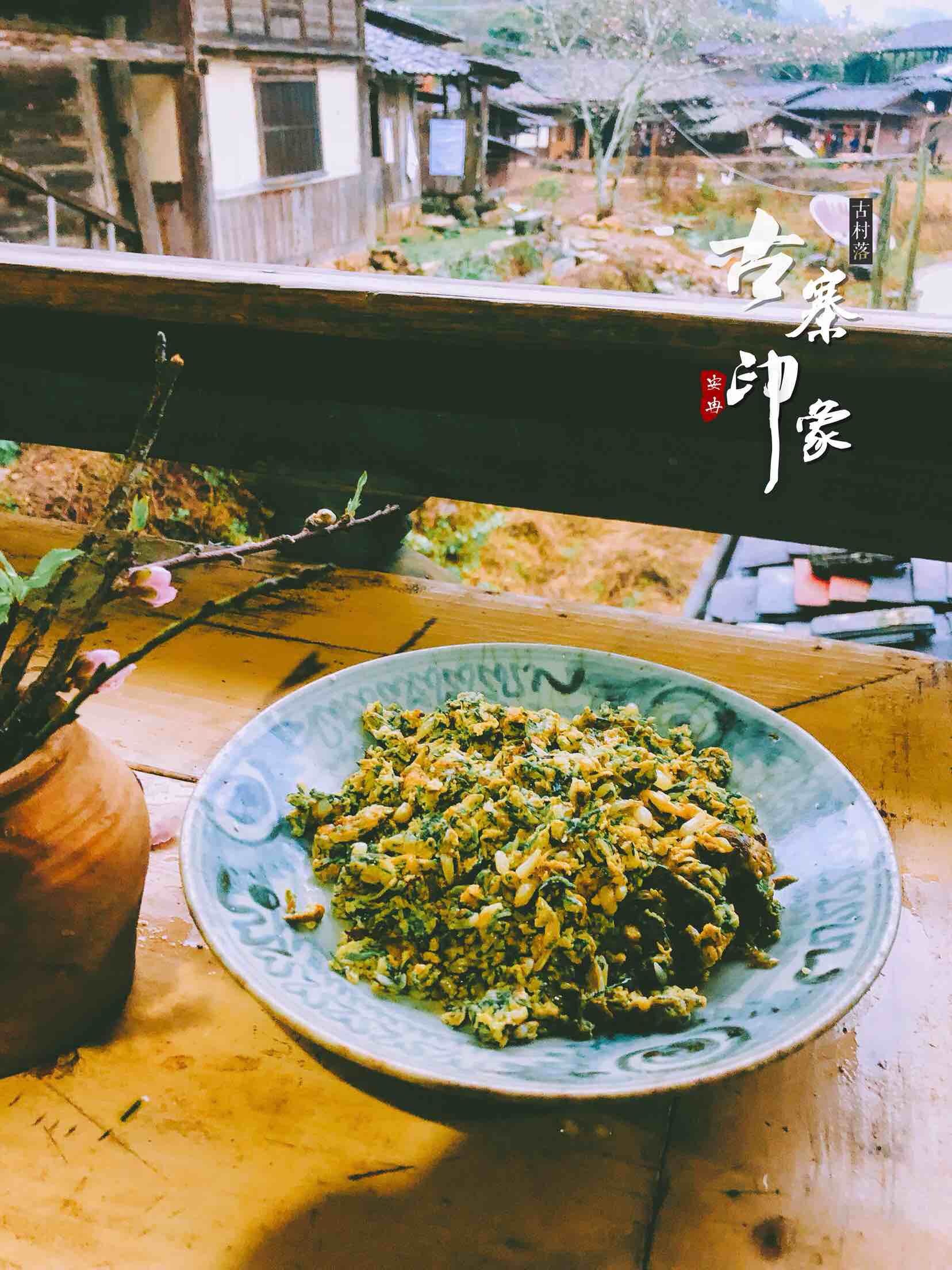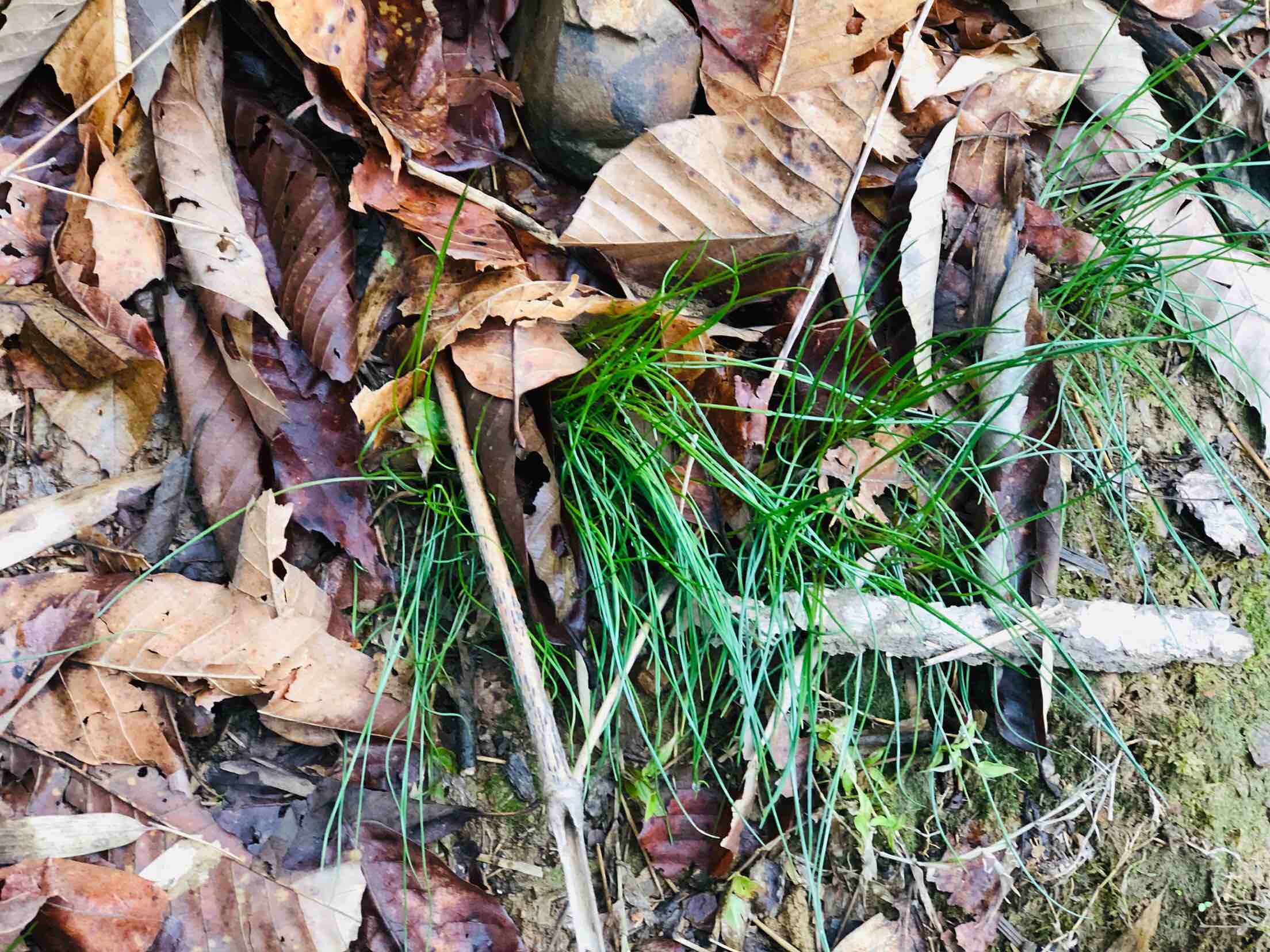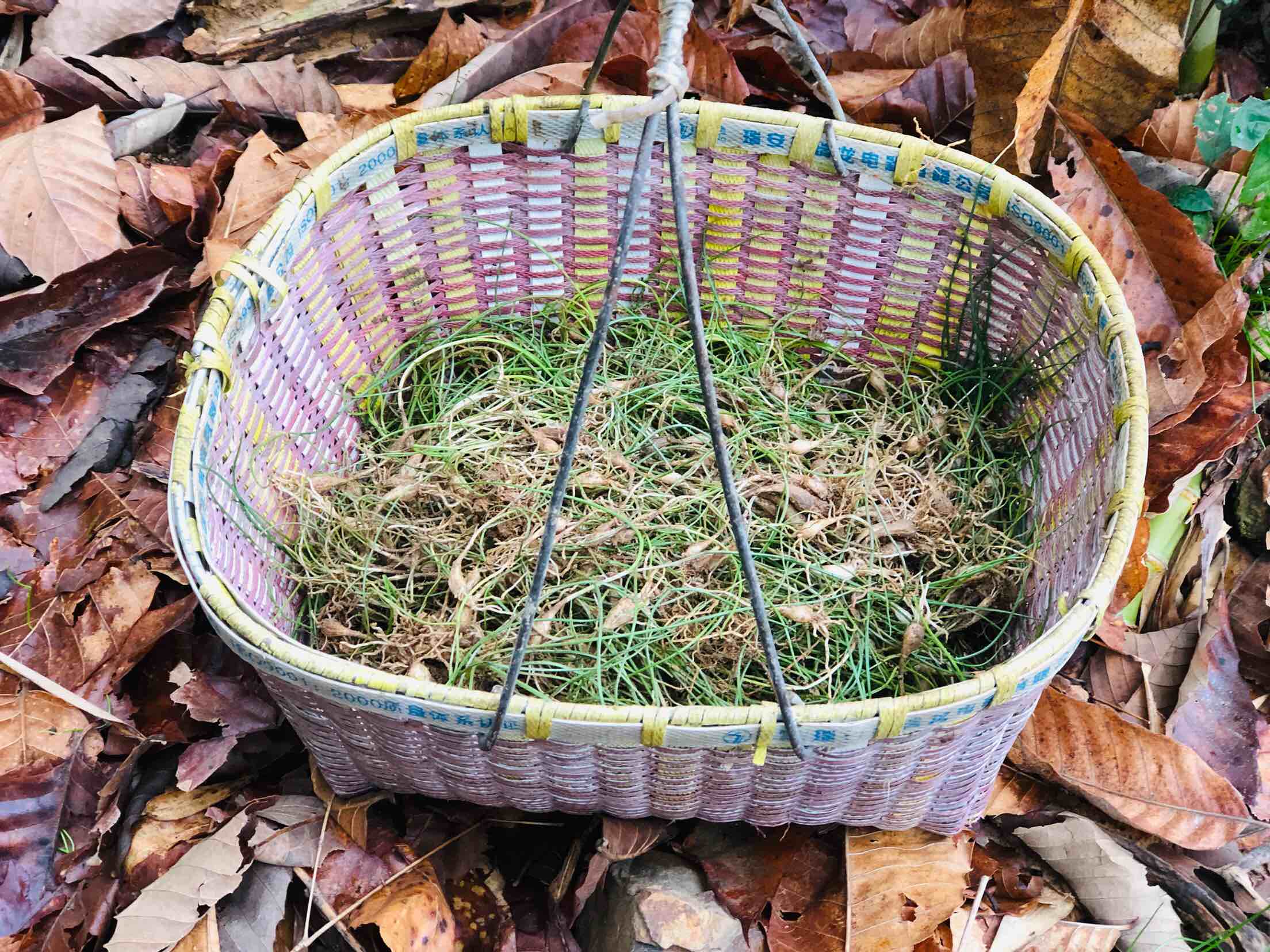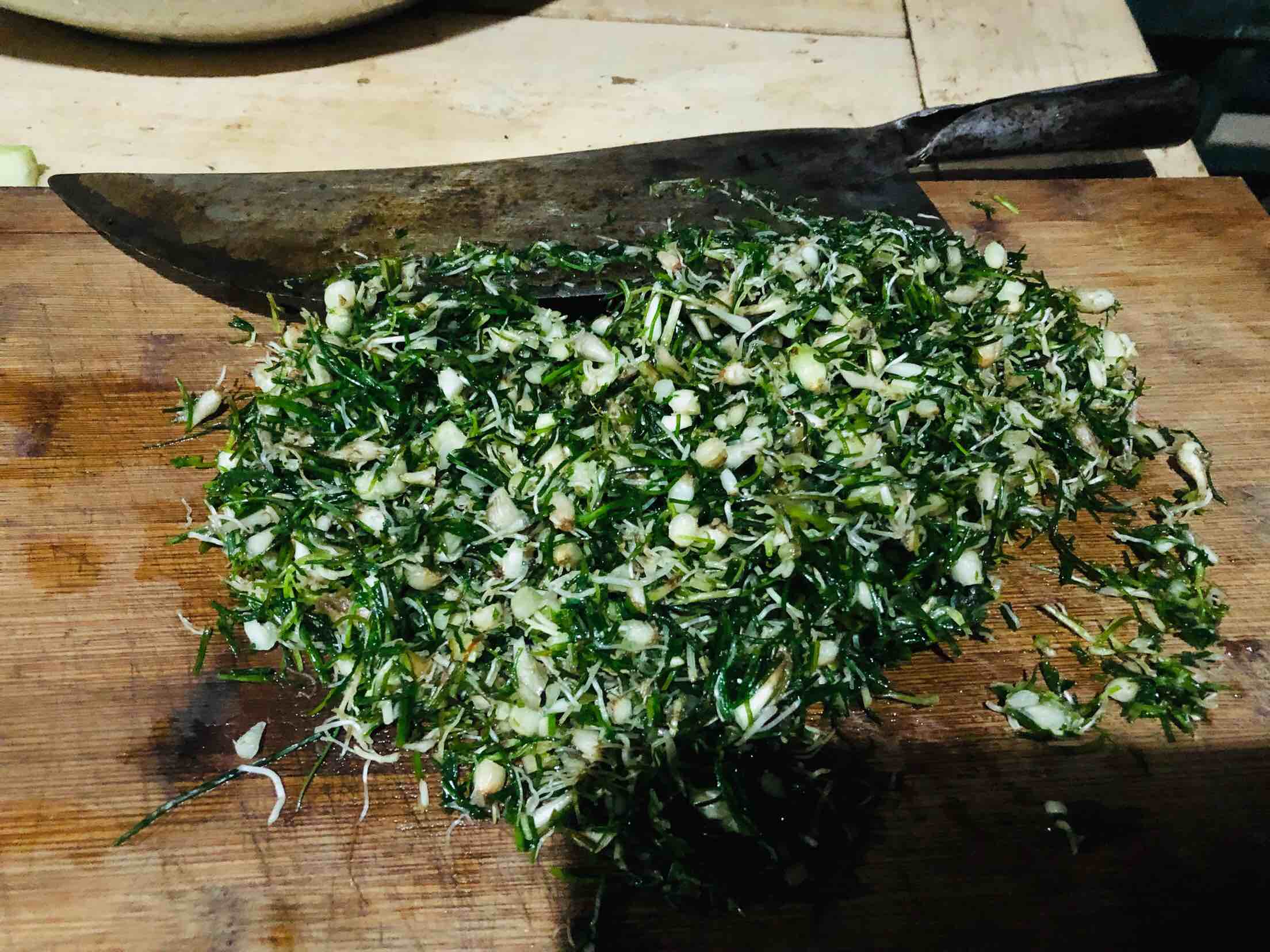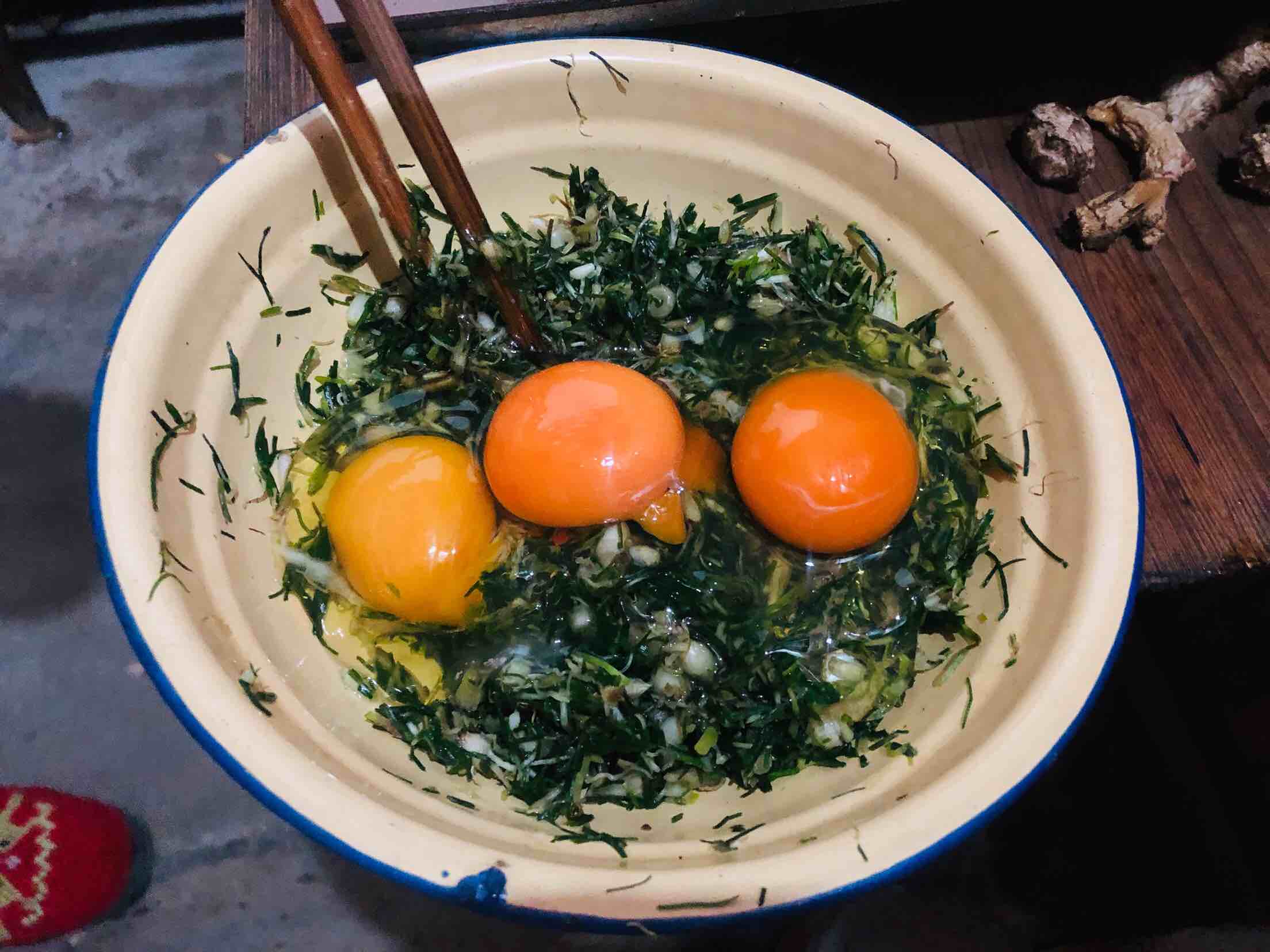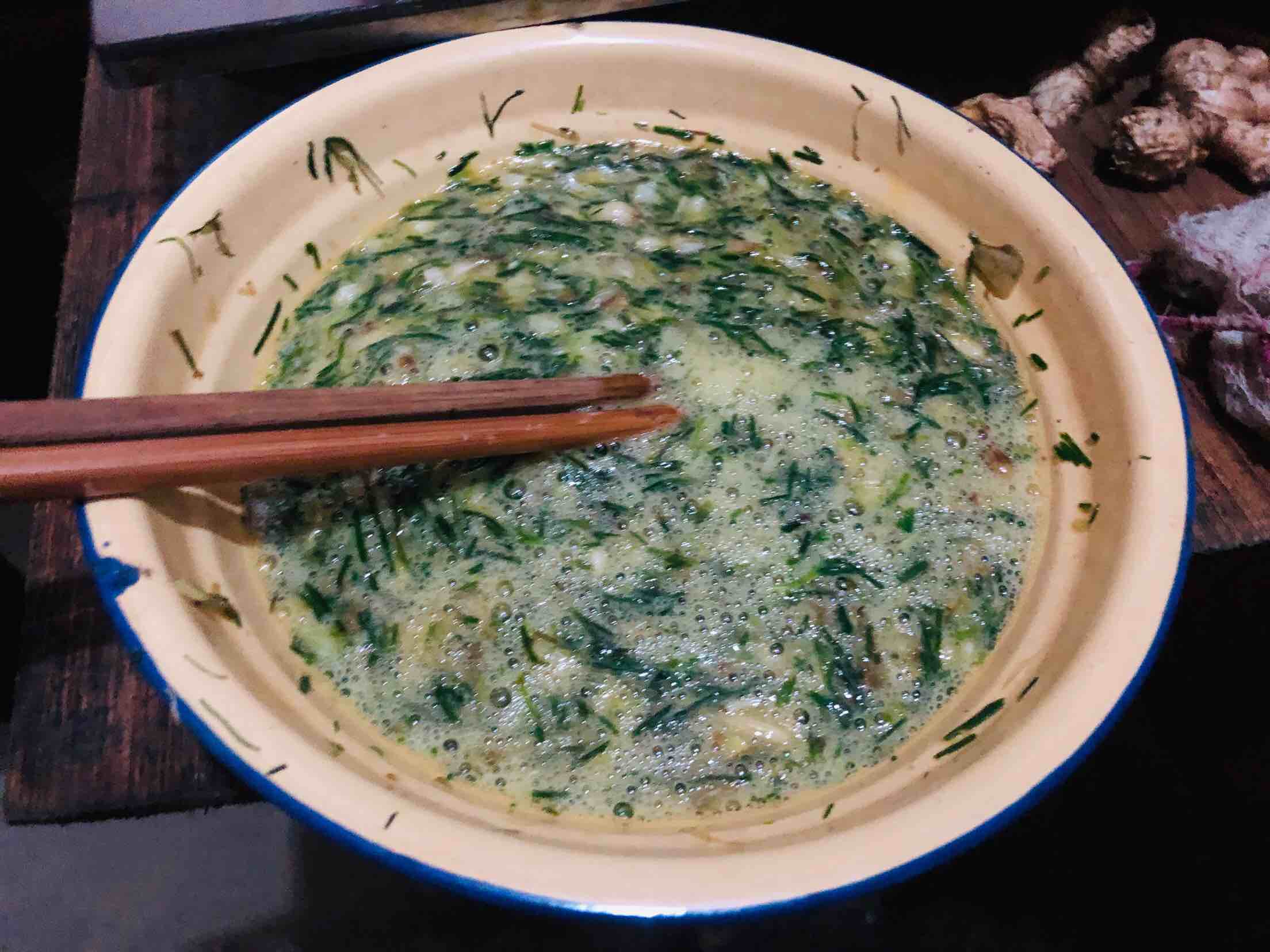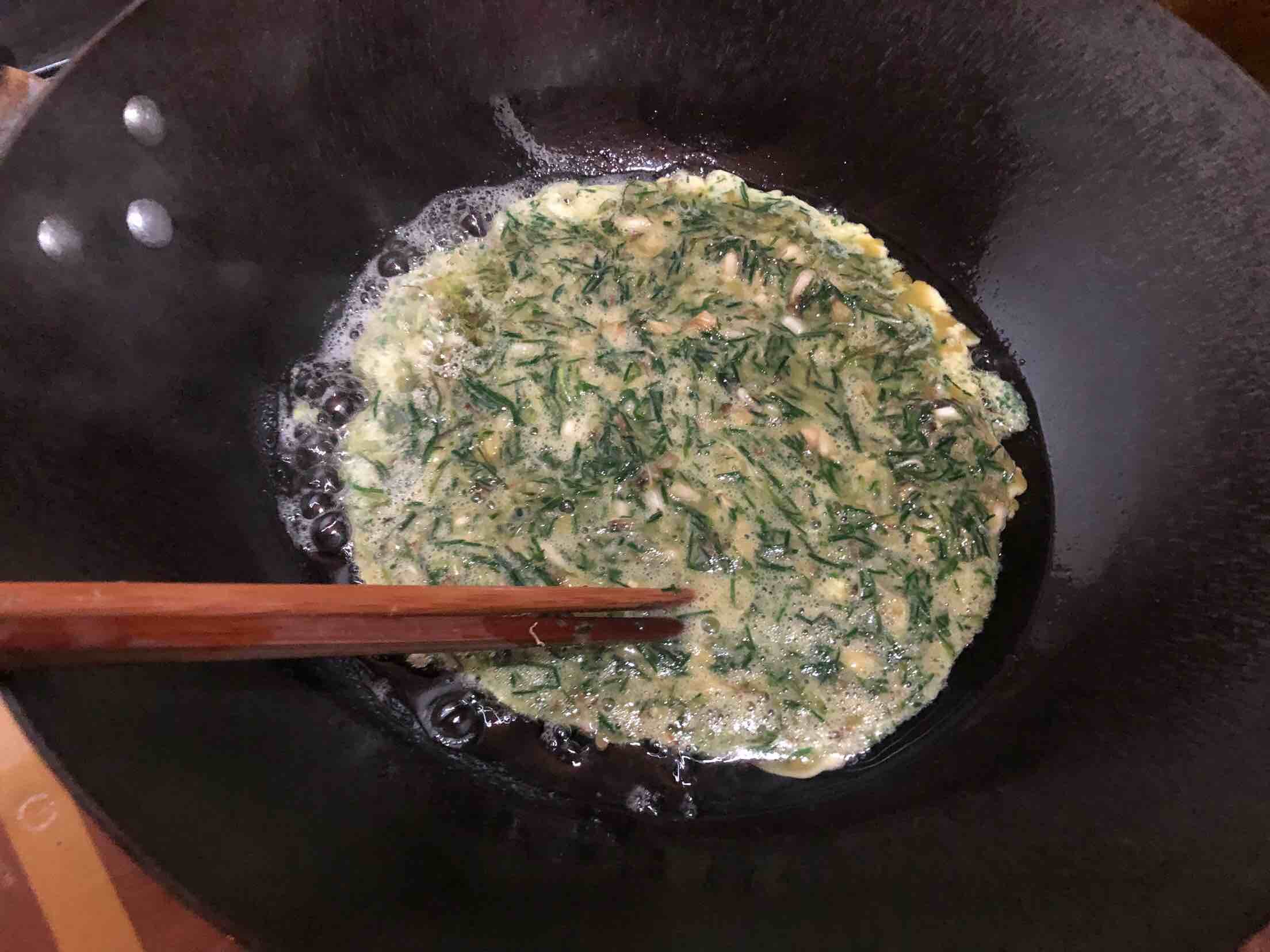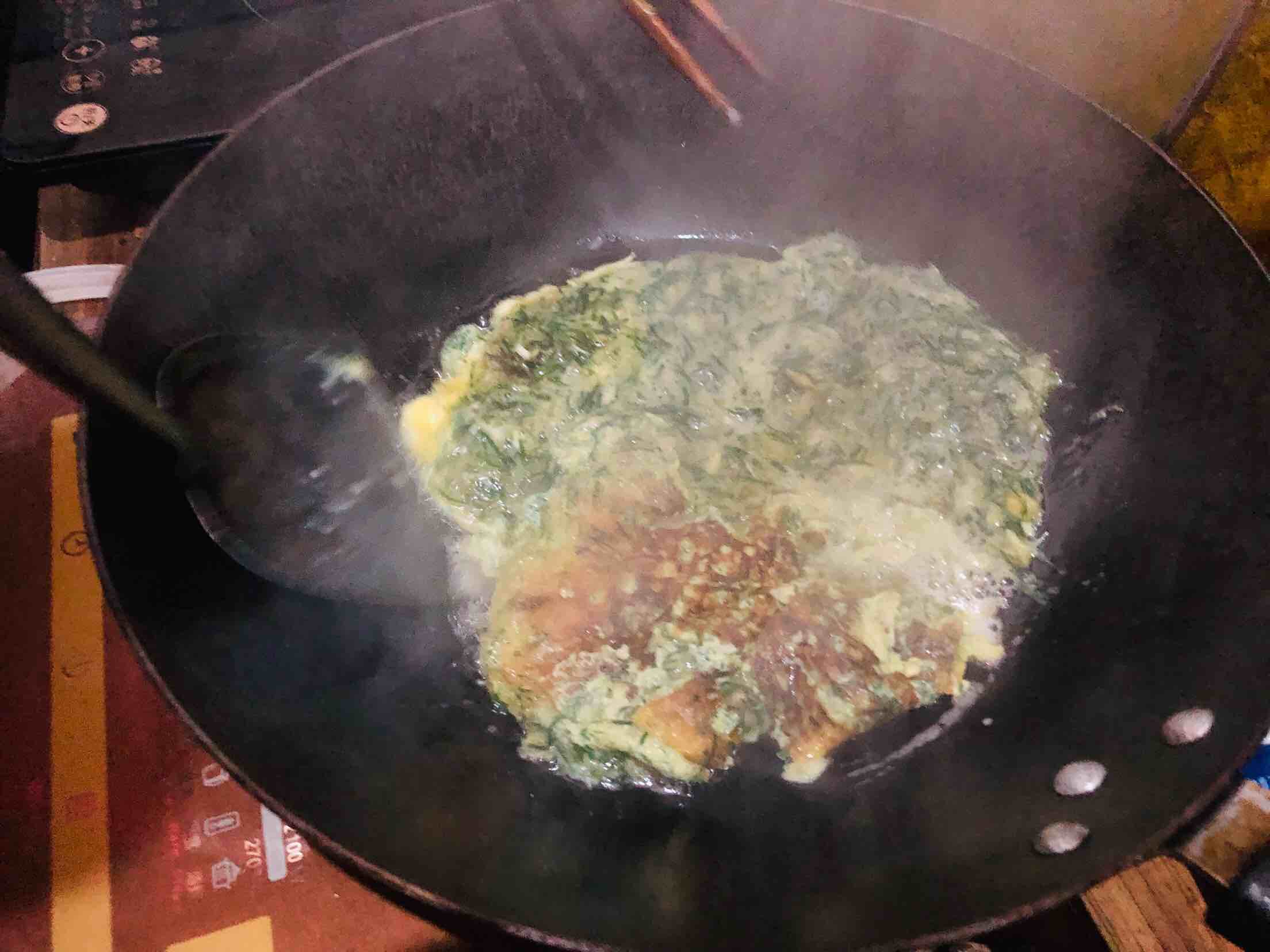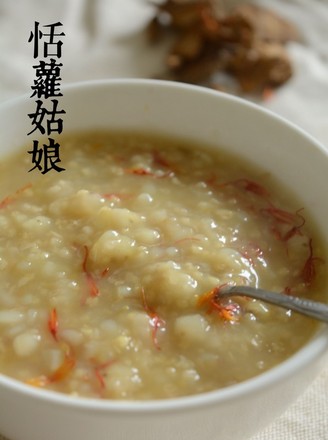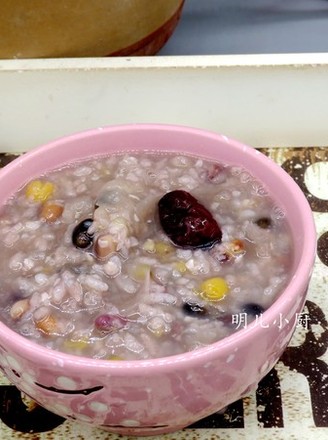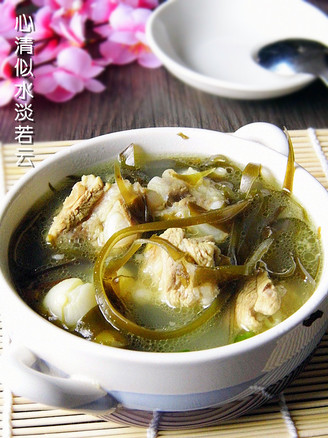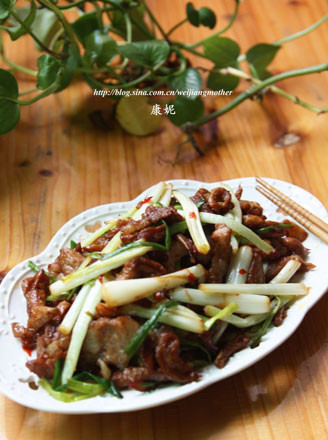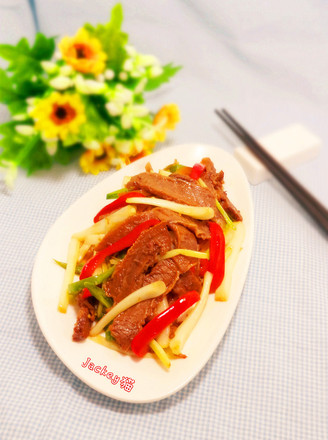Buckwheat Scrambled Eggs
1.
Wild buckwheat, ours is also called wild garlic. It is small and has a very fragrant taste.
2.
The digging process is difficult, so I won’t talk about it.
3.
I cleaned it up and washed it more than 10 times, until I collapsed, really
4.
Finely chop, put in a bowl, stir evenly with a little salt, and marinate overnight
5.
Beat in three eggs
6.
Break up and stir evenly
7.
Heat oil, pour in egg liquid
8.
Cut to slightly burnt on one side, turn over and stir fry
9.
Appropriate amount of light soy sauce, cooking wine, stir-fry evenly, out of the pot
10.
Its underground bulbs and young leaves are both edible, mature scallions are large and plump, white and crystal clear, spicy and tender, containing sugar, protein, calcium, phosphorus, iron, carotene, vitamin C and other nutrients. It is a cooking aid Good ingredients and accompaniment. Dried products can also be used as medicine, and have the effects of invigorating the stomach, light phlegm, and curing chronic gastritis.
1. Increase appetite. Scallion, like an onion, contains allyl sulfide. This substance stimulates the secretion of gastric juice and helps appetite.


Tips:
Its underground bulbs and young leaves are both edible, mature scallions are large and plump, white and crystal clear, spicy and tender, containing sugar, protein, calcium, phosphorus, iron, carotene, vitamin C and other nutrients. It is a cooking aid Good ingredients and accompaniment. Dried products can also be used as medicine, and have the effects of invigorating the stomach, light phlegm, and curing chronic gastritis.
1. Increase appetite. Scallion, like an onion, contains allyl sulfide. This substance stimulates the secretion of gastric juice, helps increase appetite, and stimulates gastrointestinal function. When taken with foods that contain a lot of vitamin B1, it will promote the conversion of starch and carbohydrates of the food into calories, which can relieve fatigue.
2. Treating diseases Scallion is known as "Ganoderma lucidum in vegetables". For Chinese medicine, many ingredients contained in Scallion are beneficial to coronary heart disease, angina pectoris, gastric neurosis, gastroenteritis, retching, chronic bronchitis, wheezing, coughing, etc. Chest pain, dysentery, cold diarrhea and other diseases also have a good therapeutic or adjuvant therapeutic effect.
3. Boost body temperature Scallion is an ingredient similar to garlic. It is native to China. Chinese medicine believes that it is warm and has the effect of warming the body and raising body temperature. Therefore, eating scallion helps to improve body cold in winter.
4. The calcium, phosphorus and other inorganic salts in strong muscles and bones are extremely high. Regular consumption is beneficial to strengthen the muscles and bones, especially for children in the growth period and the elderly with calcium deficiency. It has good nutritional value.
5. Prevent cancer pectin contained in scallion can significantly reduce the occurrence of colon cancer and have anti-cancer effects. Allicin in scallion can also inhibit the growth of cancer cells; scallion also contains trace element selenium, which can reduce the content of nitrite in gastric juice, and has a certain effect on the prevention of gastric cancer and a variety of cancers.
Nutritional value
Scallion is rich in nutrients, each kilogram of edible part contains 16 grams of protein, 6 grams of fat, 80 grams of carbohydrates, 7 grams of ash, 640 mg of calcium, 320 mg of phosphorus, 210 mg of iron, 140 mg of vitamin C, and 0.2 mg of thiamine. Riboflavin 1.2 mg, niacin 8 mg.
1. The main ingredient of allicin contained in scallion is propylene sulfide, which has a lipid-lowering effect, and has a pungent taste and warm taste, which can warm the yang and relieve the mass, and can be used to treat high cholesterol and hyperlipidemia.
2. Allicin contained in scallion can sterilize and reduce inflammation, has obvious inhibitory effect on many kinds of bacteria, and has a therapeutic effect on infectious diseases.
3. The special aroma and spicy taste of scallion can promote digestive function, increase appetite, strengthen blood circulation, and play a role in diuresis and dampness.
4. Scallion also contains trace element selenium, which can reduce the content of nitrite in gastric juice, and has a certain effect on preventing gastric cancer and various cancers.

